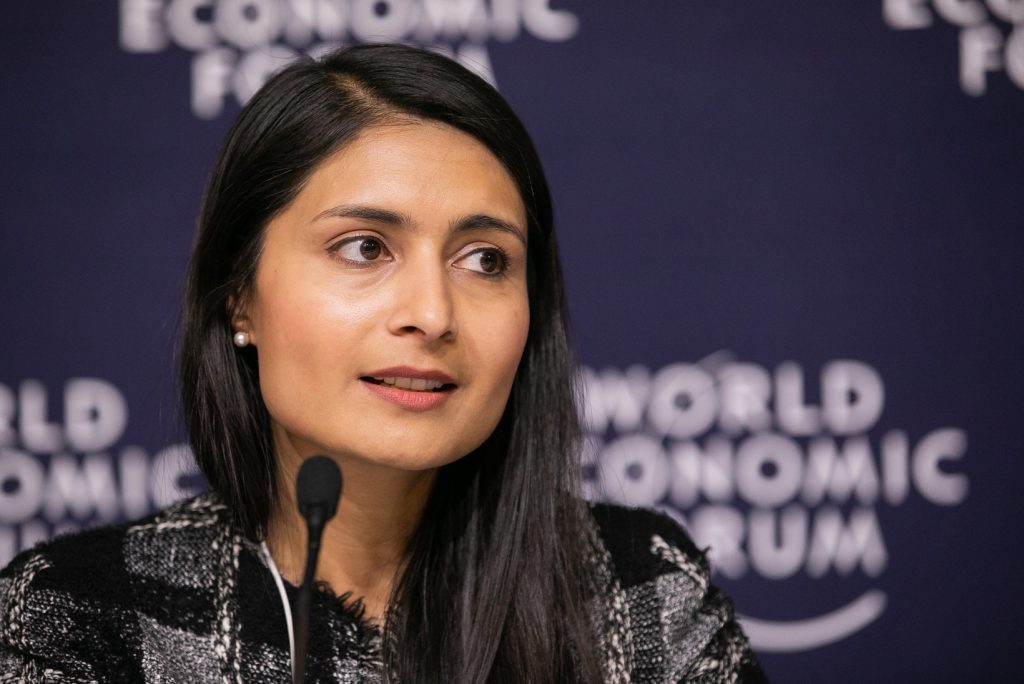June 29, 2023
The pace of gender equality progress has stagnated as women continue to “bear the brunt” of economic, social and geopolitical turmoil – with true pay parity not expected until the year 2154.
While gender parity globally has recovered to pre-COVID-19 levels, momentum has stalled as “converging crises” slow progress with a closing of the overall gender gap expected to take 131 years. To put that number into perspective, that amounts to 1,572 months, 6,830 weeks or 47,815 days.
Worse yet, based on the current rate of progress, it will take 169 years for economic parity and 162 years for political parity.
According to the World Economic Forum, the overall gender gap has closed by 0.3 percentage points compared with 2022, advancing by only 4.1 percentage points since 2006.
“While there have been encouraging signs of recovery to pre-pandemic levels, women continue to bear the brunt of the current cost of living crisis and labour market disruptions,” said Saadia Zahidi, Managing Director of World Economic Forum.
“An economic rebound requires the full power of creativity and diverse ideas and skills. We cannot afford to lose momentum on women’s economic participation and opportunity.”

With the overall rate of change “slowing significantly”, recent years have been marked by major setbacks for gender parity globally, with previous progress disrupted by the impact of COVID-19 on women and girls in education and the workforce, followed by economic and geopolitical crises.
Despite partial recoveries taking place in some parts of the world, others continue to experience further deteriorations as new crises unfold.
For Zahidi, such “tepid progress” has created an “urgent case for renewed and concerted action”.
“Accelerating progress towards gender parity will not only improve outcomes for women and girls but benefit economies and societies more widely, reviving growth, boosting innovation and increasing resilience,” Zahidi added.
The Global Gender Gap Report – now in its 17th edition – benchmarks the evolution of gender-based gaps in four areas: economic participation and opportunity; educational attainment; health and survival; and political empowerment.
‘Glass ceiling remains intact’
In 2023, gaps in the labour market remain “persistently wide” despite women entering the labour force at higher rates than men globally. This resulted in a small recovery (63%-64%) in gender parity compared to last year but not enough to significantly move the needle.
According to LinkedIn data – spanning 163 countries – women currently account for 41.9% of the workforce, a number which drops almost 10 percentage points when assessing the share of females holding senior leadership positions (Director, Vice President or C-suite) at 32.2%.
While the proportion of women hired into leadership positions has been steadily increasing by about 1% per year globally for the past eight years, this trend reversed in 2023, regressing to 2021 levels.
“We’re consistently seeing that women bear the brunt of economic shocks and headwinds,” said Sue Duke, Head, Global Public Policy, LinkedIn. “We know that these problems are systemic – which means we need a systemic response.”
In assessing future labour markets, STEM (science, technology, engineering and mathematics) jobs are typically well remunerated and are expected to grow in “significance and scope”.
But challenges linked to underrepresentation in such fields of industry remain, with women accounting for 29.2% of the total STEM workforce. For example in artificial intelligence (AI), 30% of women work in this space, up just four percentage points since 2016 – despite a sizeable increase in adoption and interest.
“Inclusive hiring practices, visibility of women in top jobs, and up-skilling and career growth opportunities for women, particularly in high-growth and high-earning sectors like STEM, will help to course correct this worrying trend, but we need to act now,” Duke added.
Given the importance of lifelong learning, the “persistent digital divide” is also a contributing factor leading to inequality of opportunity between men and women learners.
According to data from Coursera, a sizeable disparity in enrolment across every skill category exists – aside from teaching and mentoring courses – with technology notably off the pace.
Specifically, enrolment in technology skills such as technological literacy (43.7%) and AI and big data (33.7%) sit well below 50% parity with progress viewed as “sluggish”. But when women do enrol, they tend to attain most proficiency levels in skill categories studied in less time compared to men.
“Our research highlights a significant finding,” outlined Jeff Maggioncalda, CEO of Coursera.
“Despite lower enrolment rates, women are developing skills at a faster pace than their male counterparts. It’s a hopeful indication that greater access to online learning can help address skills gaps that can accelerate women’s advancement in the workplace.”
Inform your opinion with executive guidance, in-depth analysis and business commentary.